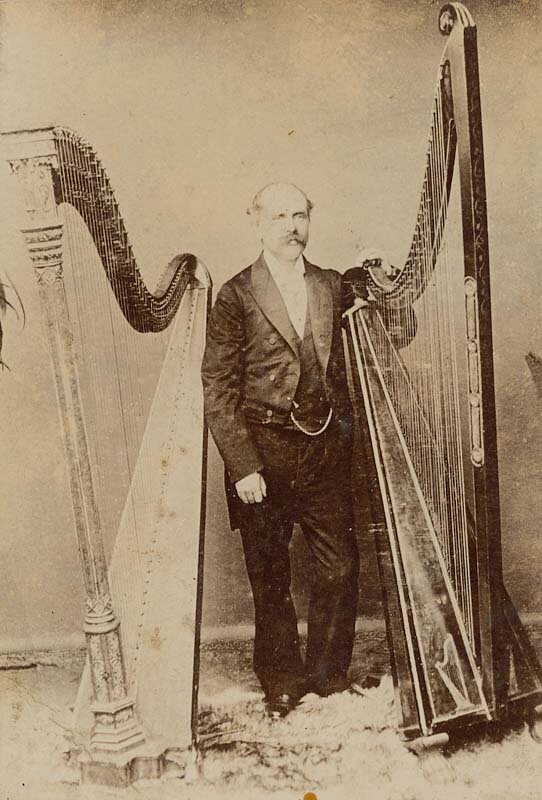
Castell Collen
A cremation urn from the Roman fort Castell Collen. Finds from this site were displayed in this building when it opened as a library in 1911. The building itself is also a treasure because it was built with funds from the philanthropist Andrew Carnegie, who set up free public libraries across the UK.

Ancient Log Boat
The discovery of an ancient log boat in the river Ithon in 1929 inspired the founding of the Llandrindod Wells Museum, which shared the library building. The boat has been dated by dendrochronology (tree rings) to about 1200 AD.

Fossil Trilobite
Around 460 million years ago, this part of Wales was a chain of volcanic islands. Weird-looking animals, like this extinct trilobite, lived in the sea. Now we find them as fossils in the rocks. Find out more at https://www.asoldasthehills.org or join the local Geology Group that meets at the museum.

Sheela-na-gig
The Llandrindod Wells sheela is in carved relief, with a crucifix incised on the right hand side (possibly inserted at a later date to the rest of the carving). Although found in a medieval context, it is likely to date from the Dark Ages or earlier.

Jon Cartoon
The cartoonist ‘Jon’ (William John Philpin Jones) was born in Llandrindod Wells in 1913. While suffering from shell-shock in North Africa, he created his famous cartoon characters, ‘The Two Types’, a pair of old-school officers first appearing in the ‘Eighth Army News’ in July 1944. Jones was awarded the MBE.

Knighton Whipping Post
This whipping post was sited by Knighton’s Old Town Hall which was demolished in 1872 to build the Clock Tower. The Whipping Act of 1530 authorized whipping of men and women for minor offences and insanity. During the 19th century, imprisonment replaced corporal punishment, but courts could order whippings for violent crimes.

Welsh Harp
The triple harp (or ‘Welsh harp’) is different from the more conventional harp as it has three sets of strings and no pedals. It originated in Italy around 1600, but became popular in Wales by the end of the 18th century. This one belonged to John Roberts (1816–1894).

Shrapnel from Plane
This shrapnel embedded in a tree is from a Sepecat Jaguar that crashed during a low-level flying exercise in 1987. The pilot, Flight Lieutenant Ian Hill was killed. It is believed that he steered his stricken plane away from the village of Aberedw, crashing in a field. The site is marked by a cairn.

Silver hawking whistle
This silver hawking whistle was found in 2006 by a local metal detectorist near Gladestry. Due to its age and high silver content, it was reported under the Treasure Act 1996. The whistle was probably made and used during the 17th century. We’ve tested it on a Harris hawk!

Cabinet of Curiosities
This cabinet of curiosities contains a range of interesting objects. The leopard skin is from a ‘man-eater’ that was shot to protect the occupants of a village in India in the 1950s. The hunter preserved the skin and named it ‘Cuthbert’. His daughter donated it to the museum.
